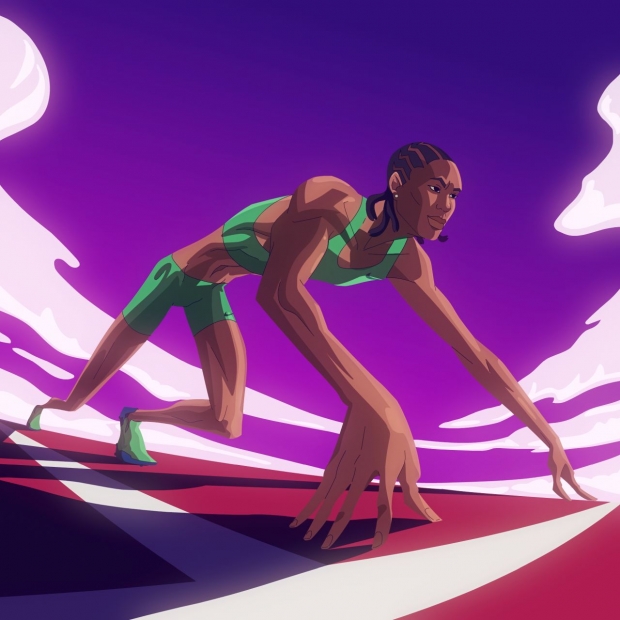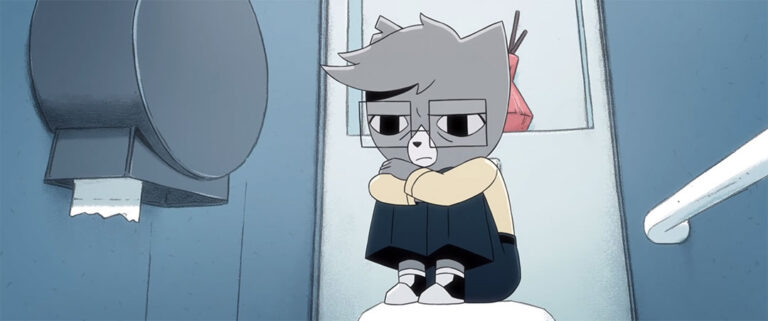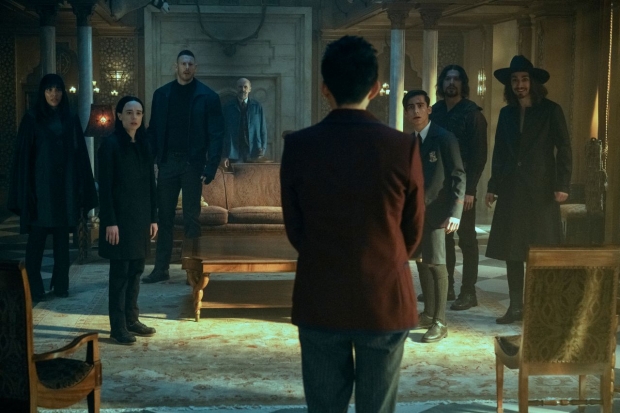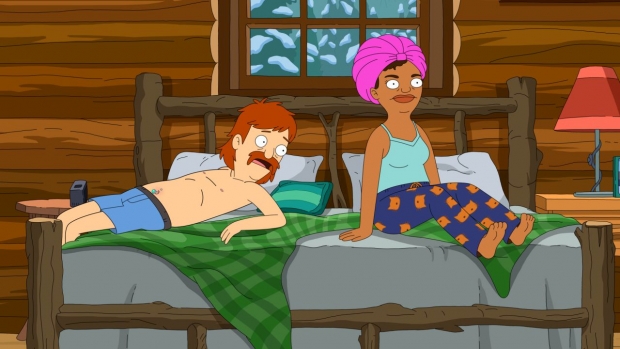It’s a new year and as always, a good time to speculate on the trends for the forthcoming twelve months. Animation in general had a fantastic 2017 (dare I say it, the best) and hopes are high for 2018. All things being equal, that will hold true. Yet what emerging or developing trends will influence and transform the industry as we stare down the wait until 2019? Here’s a good guess at the six of the most important.
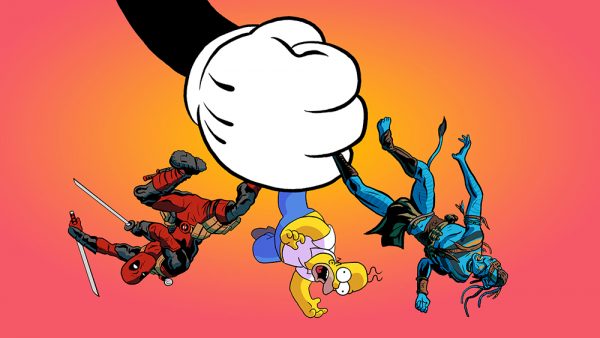
1. Disney and Fox begin to crush the competition
This merger of giants is making news for all sorts of reasons, but consistently ignored in almost all of them is the fact that both companies create a significant amount of animated content for differing demographics. Disney’s current dominance of animated features combined with Fox’s dominance of mainstream televised animated shows will make for a killer combination.
Don’t count on any major changes happening this year, but look for developing synergies in terms of how each respective company’s content is distributed. Disney’s announcement that it’s creating its own OTT service are timely, and the acquisition of Fox gives it majority control of Hulu. The larger game of chess being played concerns the major production companies attempting to maneuver into a more level playing field with Netflix. They have the brand recognition, but only for their content; not for how said content is delivered. Netflix made no bones about its desire to produce original content and now, a few years down the road, its ambitions are paying dividends as viewers seem content to dwell within its walled garden of original and library content.
Together with Blue Sky, Disney can, and will, begin to pivot its branding so that all five(?) of its animation studios are pumping out content for specific markets at a consistent rate. This will change the game significantly and 2018 will bear witness to the first inklings of this.
2a. Expect Yet More Reboots and Remakes…
Incredibles 2 comes out in June and represents just one of a string of remakes and reboots that are forthcoming from major studios. This is not a new trend per se as major studios picked up on the profitable idea some time ago. It’s just that this trend will continue at least for another year. Theatrical economics haven’t changed and studios anemic to risk will only double down on the practice further.
2b. …But Expect More Independent Films Too
Those of you looking for independent film will be spoiled for choice this upcoming year. The harvest will be bountiful and encompass a wider range of films than ever before from larger budget films like Cartoon Saloon’s The Breadwinner, all they way down to shoestring films that haven’t even been announced yet. European studios are leading the way, but Japan’s resurgence thanks to Your Name will likely begin bear fruit this year. All in all, it’s going to be a good year for animation variety at the movies.
- How to build a website with WordPress and what are the best plugins to use: Building a website with WordPress is an excellent choice due to its versatility, ease of use, and a vast array of plugins that enhance functionality. Here’s a comprehensive guide to building a WordPress website, along with recommendations for the best plugins.
- What does this property buzzword mean and how does it actually work? Gearing simply means borrowing money to buy an asset. Negative gearing can be a tax strategy used by investors and describes when the income (ie, the rent) made from an investment is less than the expenses it incurs, meaning it’s making a loss.
- How to Sell Your Ecommerce Business for the Best Value: Selling an ecommerce business can be a very profitable move. You can use the proceeds to invest in other projects, launch new ecommerce business websites, or even retire. For some startups, selling the business is the end goal. Whether you have a dropshipping website, sell with Amazon FBA, or own a large-scale ecommerce business, there’s an opportunity for you to sell.
- Comprehensive Guide to WordPress Website Development: Developing a WordPress website is a sequential process that requires careful planning, thoughtful execution, and consistent maintenance to ensure it meets the needs of users and achieves its intended goals. This involves a series of clearly defined stages, including planning, designing, content creation, optimisation, and ongoing maintenance.
- Top 10 High-Paying Jobs AI Won’t Replace in 2025: Artificial Intelligence (AI) is revolutionizing industries, automating repetitive tasks, and reshaping the global workforce. Despite its remarkable advancements, certain professions remain beyond AI’s capabilities due to their reliance on uniquely human traits like creativity, empathy, and critical thinking. This case study explores the 10 highest-paying, fastest-growing jobs in 2025 that AI won’t replace, delving into why these roles are indispensable and how they are evolving in an AI-driven world.
- Spill Your Guts: What To Wear To Olivia Rodrigo’s Australian Tour: Never afraid of screaming out all the dark, embarrassing things we’ve all thought before, Rodrigo sings about comparing herself to her boyfriend’s ex-girlfriend. If you want an edgy outfit that mimics the music…
- Top Social Media Plugins for WordPress to Increase Your Sites Reach and Engagement: If you are seeking to enhance your website’s reach and engagement on social media, you have come to the right place. In this article, we will delve into the premier social media plugins tailored for WordPress users. From Social Warfare to Jetpack, these plugins can facilitate seamless sharing of your content across diverse social platforms.Furthermore, we will provide recommendations to optimize your website’s visibility on social media. Keep an eye out for valuable insights!
- How to Change PuTTY’s Appearance: PuTTY is a widely-used SSH and telnet client for Windows and Linux hosting. While its default appearance is functional, you can customise it to improve aesthetics and usability. Below are the steps to modify PuTTY’s appearance, including changing the font, window size, colours, and cursor options.
- What programming languages does vBulletin use?: vBulletin was orginally written in perl and used a flat file database system. However, as sites grew they notice that sites could not cope with a large amounts of traffic. This problem has now been fully rectified when vBulletin was converted to php and a mysql database system.
3. YouTube Ceases to be the Platform of Choice for Creators
I wrote about this trend back in 2015 and 2016 but 2018 looks like the year when it finally hits home. YouTube isn’t a friendly place to distribute animated content for a variety of reasons, but its become ever more obvious that simply throwing content up and hoping for the ad clicks to fund everything just doesn’t work.
The Cyanide and Happiness lads released the first season of their eponymous show on the platform but hard economics forced them to switch to now-defunct platform Seeso for season two. Many others are facing a similar dilemma. To rely solely on YouTube is to be at the utter mercy of Google’s algorithmic whims and one switch can dry up viewers overnight.
This year then, will be the one where independent creators cease to see YouTube as the standard default. Other hosting options exist (such as the one yours truly went with, Vimeo) but alternatives like Kickstarter and Patreon will increase their share of the market for creators who are serious about making their content create a return on investment. Patreon’s recent wobbles aside, the company serves as a model for the true independent who is willing and able to build and retain an audience over time. Look for it and its competitors to make serious inroads in 2018.
4. Children’s Animation Faces a Crisis
If you haven’t read Jame’s Bridle’s post on the horrors of content aimed at kids on YouTube, you should. What Bridle describes is a version of what I predicted last year as part of a longer term trend in animated content on the internet. This past year was the one where the general populace woke up to the negative effects of social media and the internet in general. Sweeping articles like this one from the Atlantic aside, Bridle’s post reveals the extent to which adults and parents are unaware of what their kids are actually exposed to and watching on their tablets and smartphones.
This will create a crisis as networks and studios figure out how best to deal with the backlash (real and/or imagined.) While viewing via tablets and phones is rising, the good news is that it’s primarily ad-free compared to traditional networks. the downside is that the always-on, endless availability is a noted concern stretching back many years and will become embroiled with the wider discussion regarding social networks. This could reverberate backwards to the creators and crews too, creating upsets within the industry as a whole.
Look for increased scrutiny in this sector during 2018 and a rash of changes to come as result.
5. There Will be More Animation for Adults but it Will be Locked Up
Animation for adults is a sector of the market that is never given its due partly due to the stigma that only kids watch cartoons. Cable brought about the first wave of cartoons that weren’t suitable for kids, but even 25 years on from Beavis and Butthead, the slate remains remarkably bare with only South Park being a real survivor.
The could be set to change in 2018. Netflix leads the way in pioneering the development of the subscription model for funding content. It’s business model, while not necessarily new, did latch on to the technological angle which put it in over 50 million homes in America alone. Other services following suit mimic it by soliciting monthly subscriptions to fund original content. Overall, it’s a good model because it eliminates the need to have every single original show hit profitability through advertising.
It’s also been a boon for niche content that couldn’t catch a break on traditional networks. A service like Netflix feels safe funding a niche series because it knows that the additional viewers it draws in will more than likely stick around for other content on the service; all while paying the monthly fee.
As far as mature animation goes, this should mean more of it. In 2017 Netflix released Castlevania to positive reviews and a second season is currently in production. Its success will spur others but expect them to be similarly tied to subscription services. As mentioned above, Cyanide and Happiness moved to Seeso for its second season partly due to the economics of being ad-supported on YouTube. It’s a rational move also undertaken by Frederator which shifted some of its content to subscription service, VRV.
As the economics of online streaming services mature, there will be a better understanding of just how niche content can be. This year will likely be the one where animation for adults can begin to proliferate. Just don’t expect it to be freely available.
6.3-D CGI Finally Begins to Lose Its Appeal
The Pixar aesthetic holds a certain sway over the animation industry. Ever since A Bug’s Life cemented that studio’s reputation, 3-D CGI has gone from emerging technology to mainstream normality. It’s also surprisingly bland and the fact that every studio strives to achieve the Pixar look (with or without the budget) makes for a stymied artform. Even Disney with its much vaunted ‘house style’ did not deny the need to continually refine and update their style as a result of cultural or economic changes.
So consider this a spurious prediction because there isn’t a lot of evidence to back it up, yet. My hunch is that 3-D CGI in the Pixar vein will finally begin to lose its appeal after a good run of 23-24 years as it is surpassed by improved 2-D CGI production tools, and overall boredom from audiences with seeing the same thing over and over again. To be clear, 3-D CGI as a technology and artform is far from dead, but will transform itself to produce a much wider variety of styles than what we’ve gotten used to.
As usual, expect the sea-change to come from the independent sphere.

